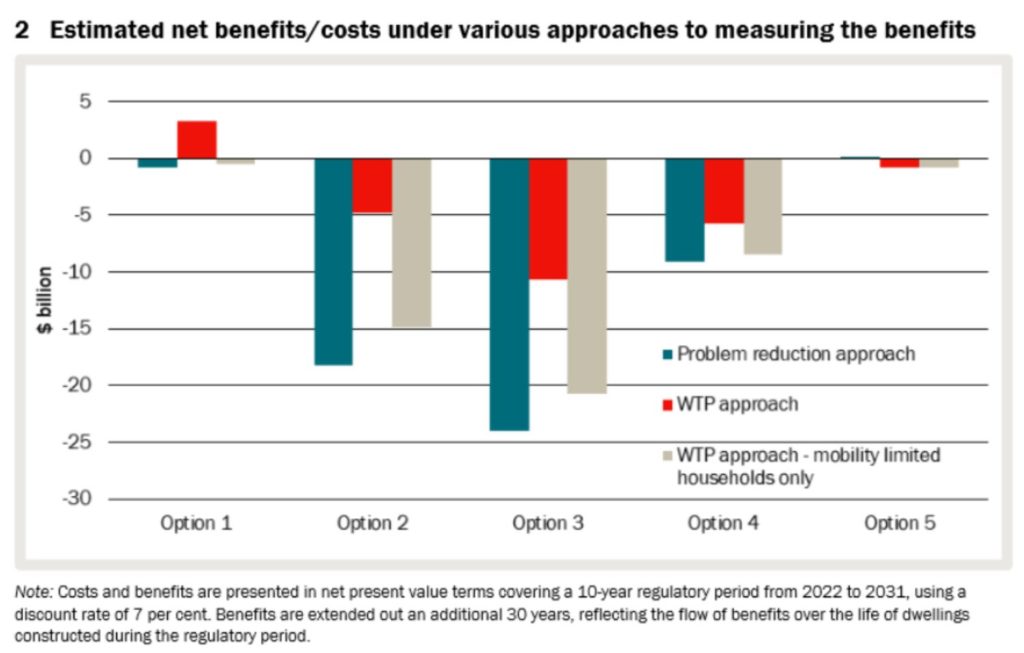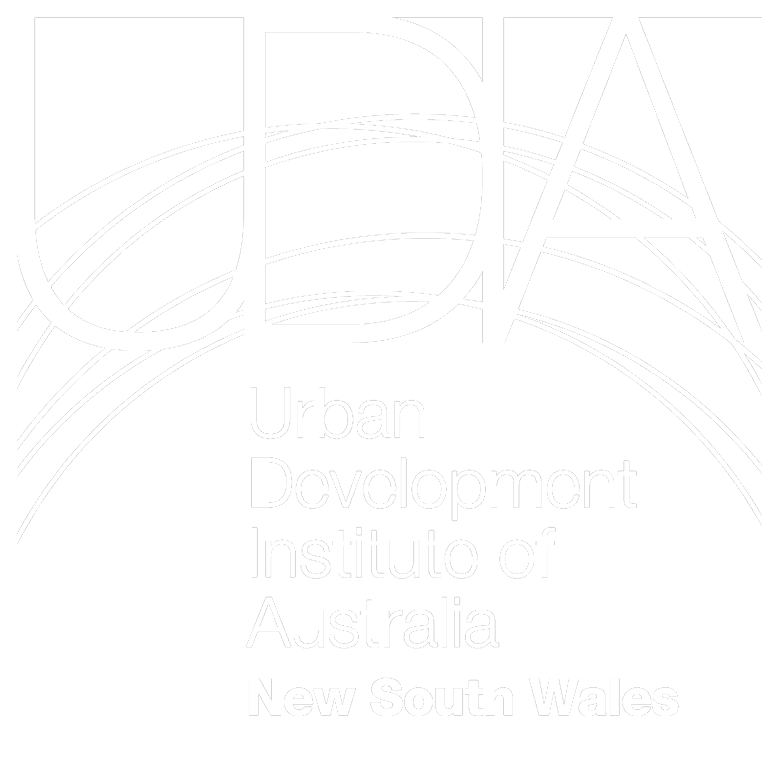The Australian Building Codes Board is currently consulting on a Regulatory Impact Statement to include accessibility requirements for housing into the National Construction Code.
The Regulatory Impact Statement looks at the status quo as the baseline of where costs and benefits of other options are assessed, the other options are:
- Accessibility standard reflecting Livable Housing Design Guideline (LHDG) Silver level applying to all Class 1a and Class 2 Buildings
- Accessibility standard reflecting Livable Housing Design Guideline (LHDG) gold level applying to all Class 1a and Class 2 Buildings
- Accessibility standard reflecting Livable Housing Design Guideline (LHDG) gold plus level applying to all Class 1a and Class 2 Buildings
- Accessibility standard reflecting Livable Housing Design Guideline (LHDG) gold level applying to all Class 2 Buildings
- A subsidy program to encourage additional availability of accessible rental properties
- An enhanced approach to voluntary guidance, which includes turning the current proposals into a non-regulatory ABCB handbook and other measures to encourage additional uptake of universal design principles, including: a search engine for dwellings certified as complying with the LHDGs and provision of information at the point of sale
The RIS finds that there are net costs under a problem reduction approach for options 1-5.

UDIA NSW will be advocating for no changes to the status quo. We consider there is limited justification for the change, and that the demographics of the aging population accounting for 25% of the population by 2036 we would question the need for 100% of housing to accommodate for this group.
In addition, we believe the RIS does not consider the central case cost estimates, nor does it include implications due to loss of GFA efficiencies and structural cost increases due to larger car parking spaces. We will be looking at case studies to further inform a submission.
Read Regulatory Impact Statement Accessible Housing
